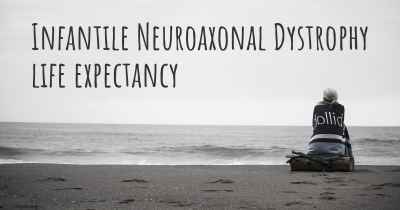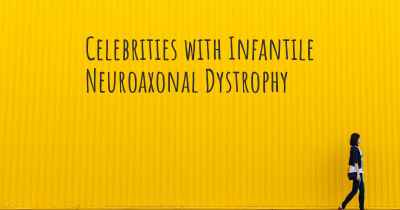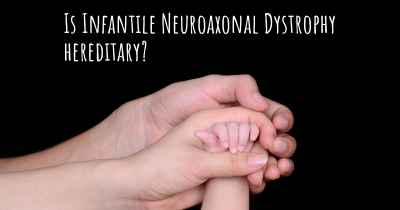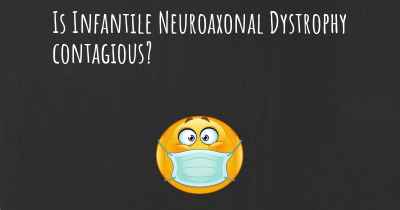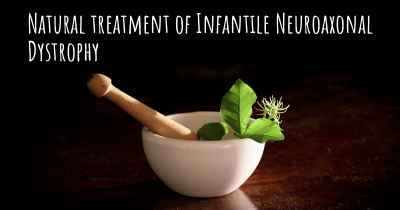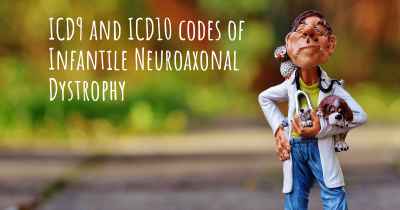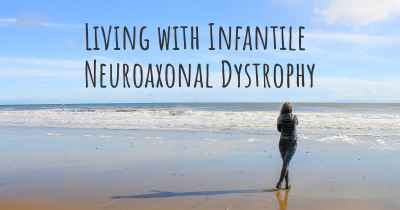Is it advisable to do exercise when affected by Infantile Neuroaxonal Dystrophy? Which activities would you suggest and how intense should they be?
See if it is advisable for people with Infantile Neuroaxonal Dystrophy to practice sports and which ones are the most recommended if you have Infantile Neuroaxonal Dystrophy
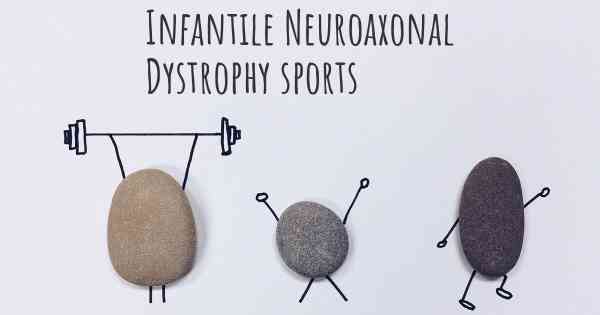
Is it advisable to do exercise when affected by Infantile Neuroaxonal Dystrophy?
Infantile Neuroaxonal Dystrophy (INAD) is a rare genetic disorder that affects the nervous system, leading to progressive neurological deterioration. It primarily affects infants and young children, causing developmental delays, muscle weakness, and loss of motor skills. Given the nature of this condition, it is important to approach exercise with caution and seek guidance from healthcare professionals.
While exercise may not directly treat or cure INAD, it can have some benefits for individuals affected by the condition. Physical activity can help maintain muscle strength, flexibility, and overall well-being. However, it is crucial to tailor the exercise program to the individual's specific needs and capabilities.
Which activities would you suggest and how intense should they be?
The choice of activities should be based on the individual's abilities, preferences, and the stage of the disease. Here are some exercise suggestions that may be appropriate for individuals with INAD:
- Range of motion exercises: These exercises focus on maintaining joint flexibility and preventing contractures. Gentle stretching and movements of the limbs can help preserve mobility.
- Low-impact aerobic exercises: Activities such as swimming or stationary cycling can provide cardiovascular benefits without putting excessive strain on the muscles and joints.
- Balance and coordination exercises: Simple exercises that improve balance and coordination, such as standing on one leg or walking in a straight line, can be beneficial.
- Assisted exercises: Depending on the individual's capabilities, exercises with assistance from a caregiver or physical therapist may be appropriate. This can include supported walking or using specialized equipment.
The intensity of the exercises should be carefully monitored and adjusted according to the individual's abilities. It is important to avoid overexertion, as excessive physical stress can worsen symptoms and lead to fatigue. Regular breaks and rest periods should be incorporated into the exercise routine.
Consulting with healthcare professionals:
Before starting any exercise program, it is crucial to consult with healthcare professionals who are familiar with the individual's condition. They can provide personalized recommendations, taking into account the specific challenges and limitations posed by INAD. Physical therapists, occupational therapists, or neurologists experienced in working with individuals with neurological disorders can offer valuable guidance.
Conclusion:
While exercise can have some benefits for individuals affected by Infantile Neuroaxonal Dystrophy, it is essential to approach it with caution and seek professional advice. Tailoring the exercise program to the individual's abilities and limitations is crucial to ensure safety and maximize potential benefits. Regular communication with healthcare professionals is key to developing an appropriate exercise plan that supports the overall well-being of individuals with INAD.
